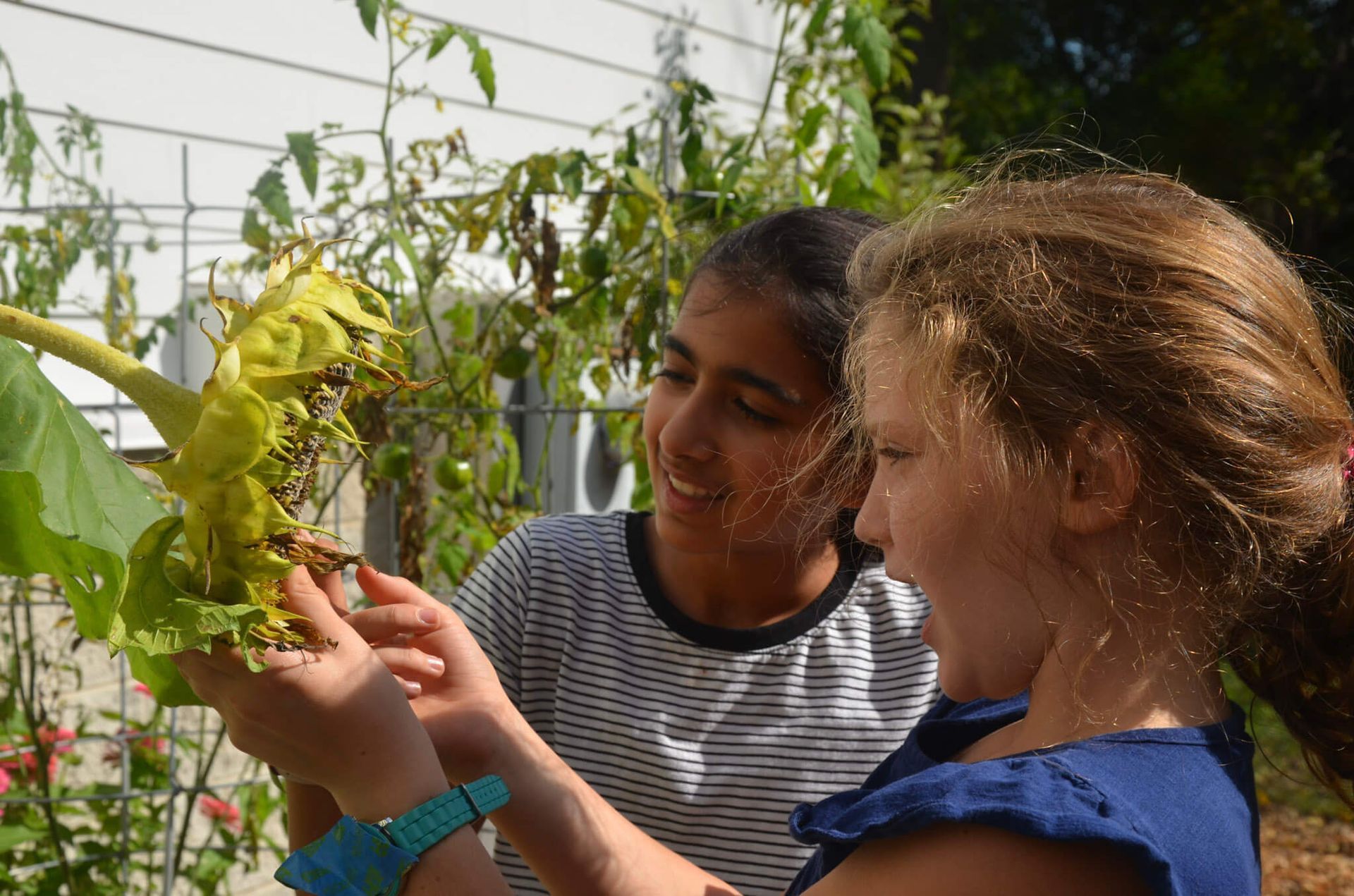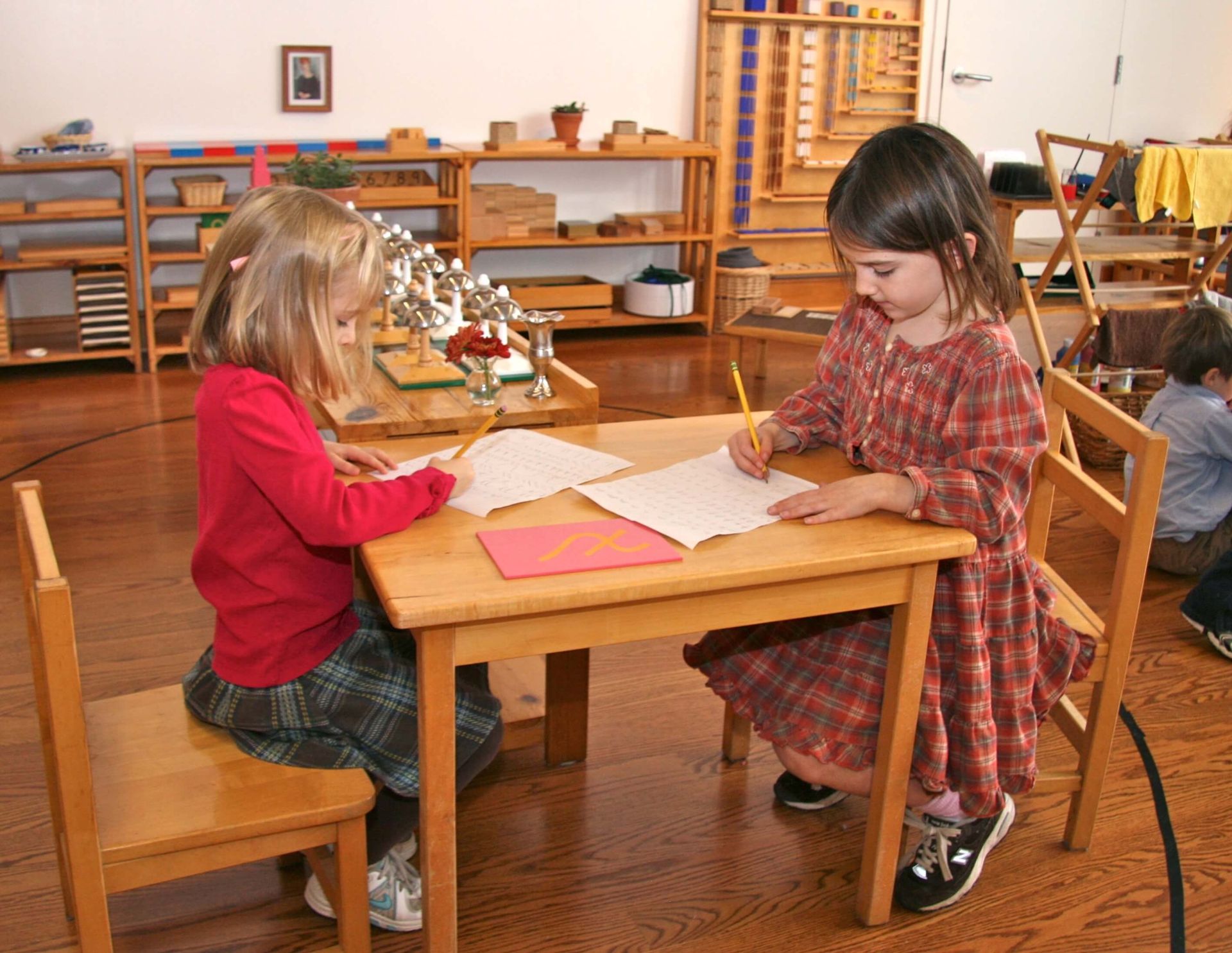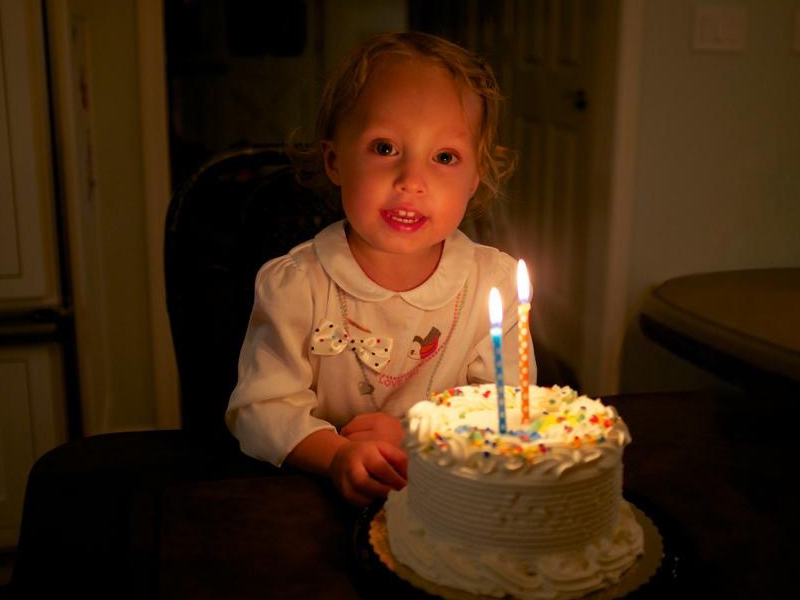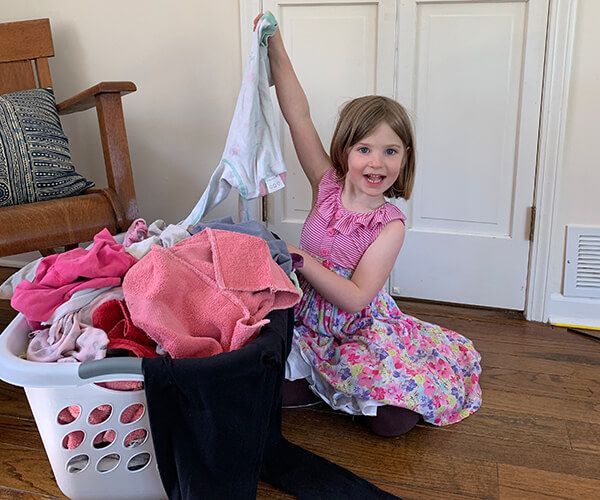Blog
See our Blog Index for a complete list of all articles

I attended the Lake Forest High School Talent Show for the first time in February (2025). I’d been interested in it for years—watching talented young people with the courage to perform before a crowd is one of my favorite things to do. But it wasn’t until this year, when a friend with a child in the talent show actually procured tickets for me that I finally got around to going. The show runs three nights in a row, and we attended the second night. I brought my own ten-year-old daughter who has a special interest in singing and performing with me. As we settled into our seats and watched the show begin to unfold, I was struck by three things, in quick succession. First was the positive, welcoming community that made up Lake Forest High School (LFHS). There were cheerful parents working the concession stand and selling raffle tickets. There were enthusiastic teenagers, gathering in groups and excitedly finding their seats. Second was the immense array of talent already apparent just a few acts in—The MC’s who entertained the audience with skits and banter between performances, the pit band who played a variety of songs during downtime, the entertaining short videos that interspersed the live performances, and, of course, the extraordinary talent of the participants themselves. We saw various bands, a pianist (“And hockey player!”, more than one person pointed out to me) whose fingers flew over the keys, two girls who tap danced across the stage to Hamilton, a young woman who belted out an opera song that almost took the roof off the school, and many other incredible feats of talent and courage. Third, and most personal for me, were the Montessori alumni I saw that night. They were scattered throughout the crowd, supporting their peers. I saw the dark french braid of a sophomore who I’d known in the Young Children’s Community at Forest Bluff School. I noticed the wide smile of one of the most cheerful Primary students I’d ever known, and I overheard the happy laughter of a confident sophomore who’d graduated from eighth grade and was now surrounded by new friends. But the Montessori alumni who struck me the most that night were the Forest Bluff graduates I saw on the stage, participating in the talent show itself. There were three young women—a sophomore assisting with the live production, a junior who performed as a drummer in two acts and the pit band, and a senior who performed in several acts and served as the stage director for the entire production. These students are all markedly different in their temperaments and talents, and were supporting the show in vastly different ways, but they were all integral to the performance. They were all contributing to the experience for hundreds of students, parents, and community members, sharing their work ethic, skills, and inborn strengths. Two questions began to form as I watched them work together to create this two and a half hour feat—How did Montessori play a part in what these students were able to do tonight? And—How was Montessori able to serve these different young women in ways that allowed them to find their roles in the same shared experience? Fortunately for me (and for you!)I know all three girls personally. I reached out to them individually and asked them if (in exchange for a coffee or tea of their choice) they’d be willing to sit down with me to tell me more about what they did for the show, what the experience was like for them, and what role Montessori had played in preparing them for this work. They all responded quickly and cheerfully—happy to discuss their experiences with the LFHS talent show and their Montessori education.





